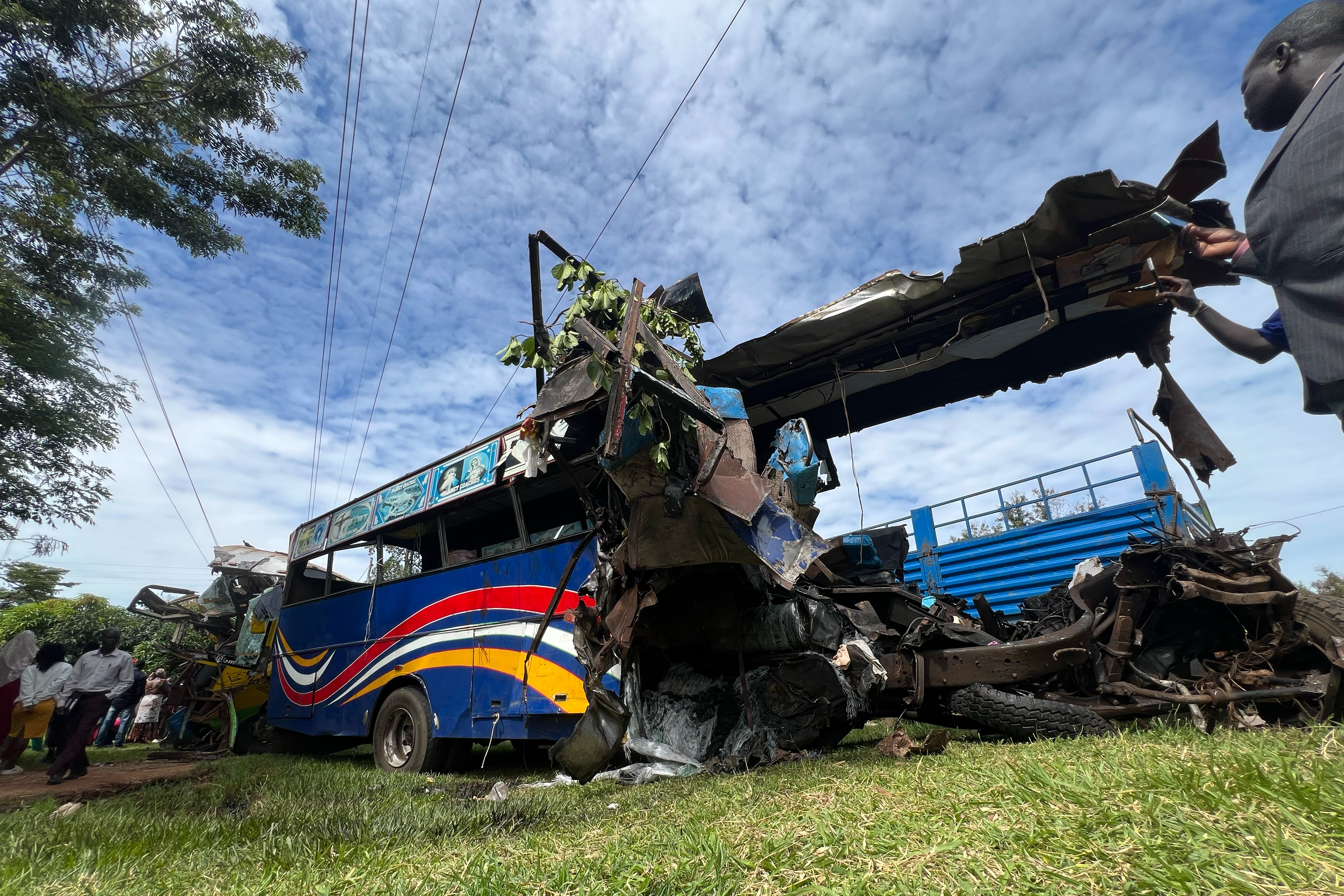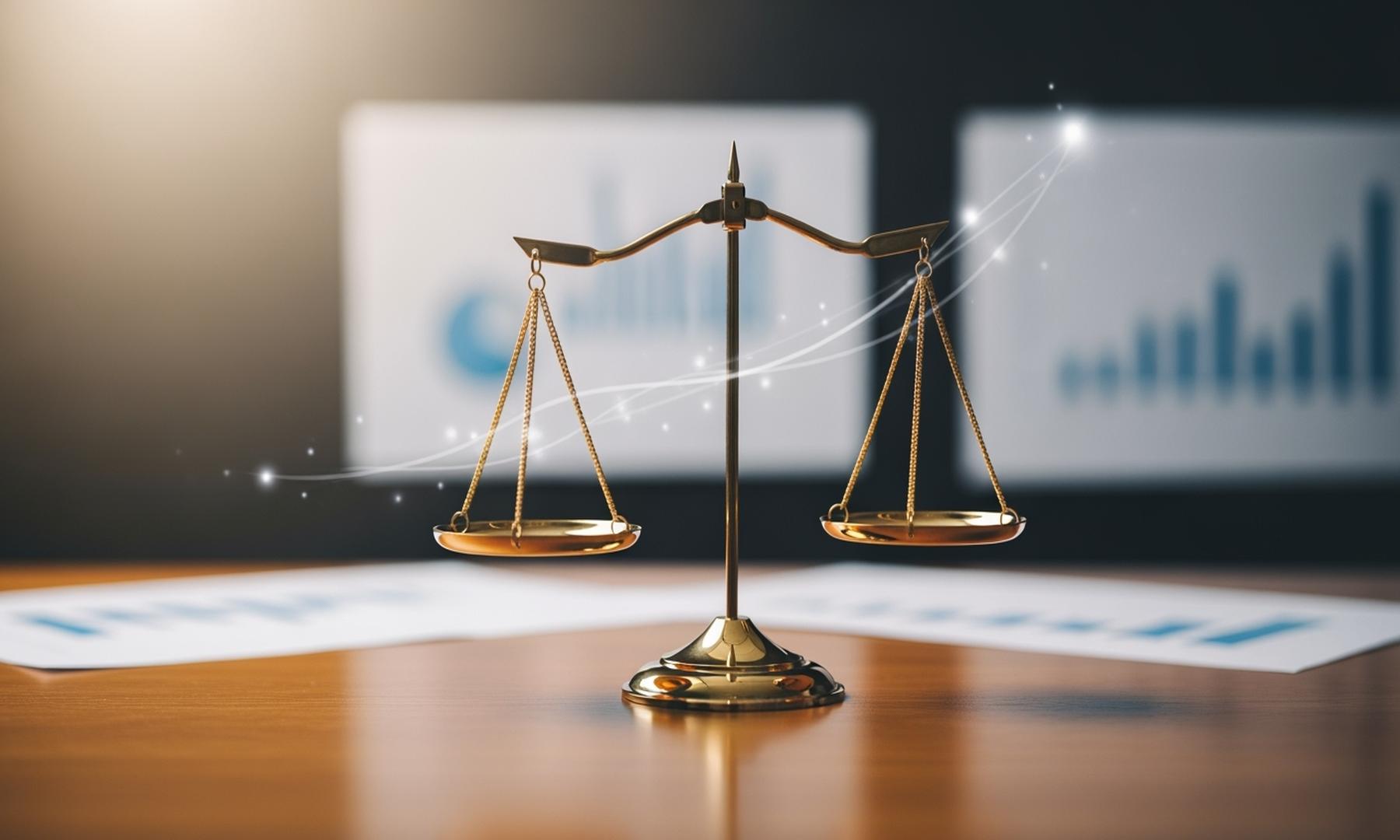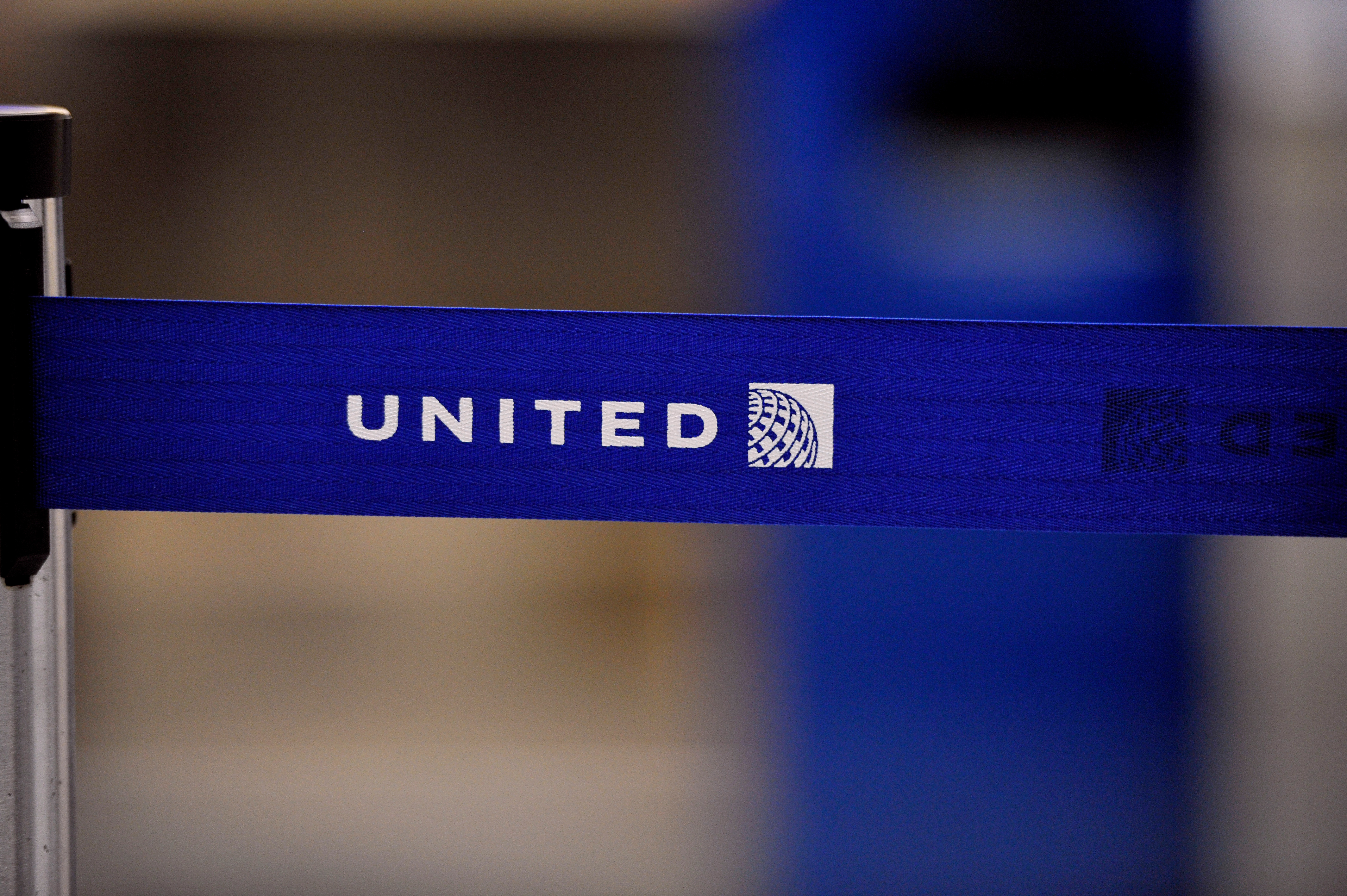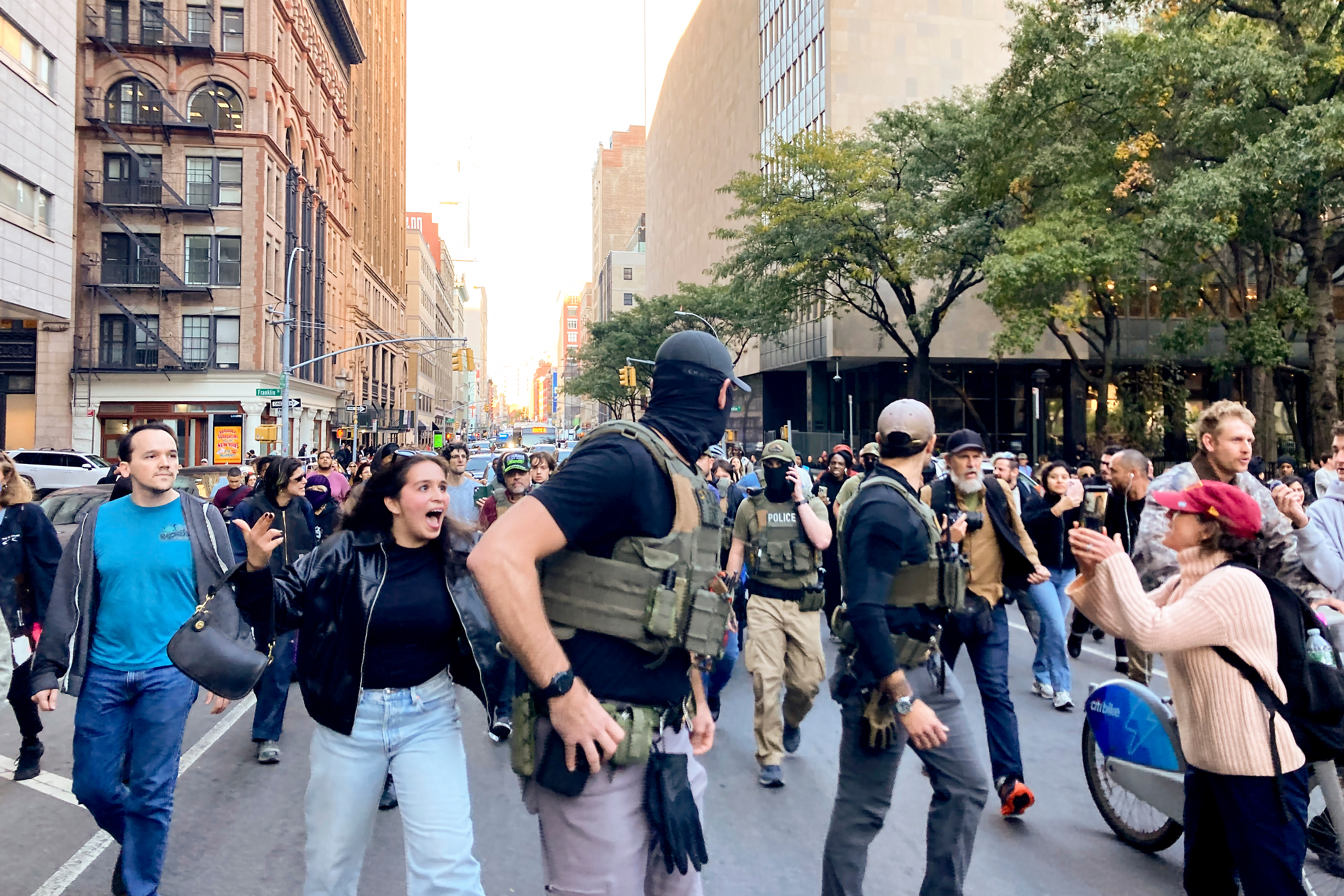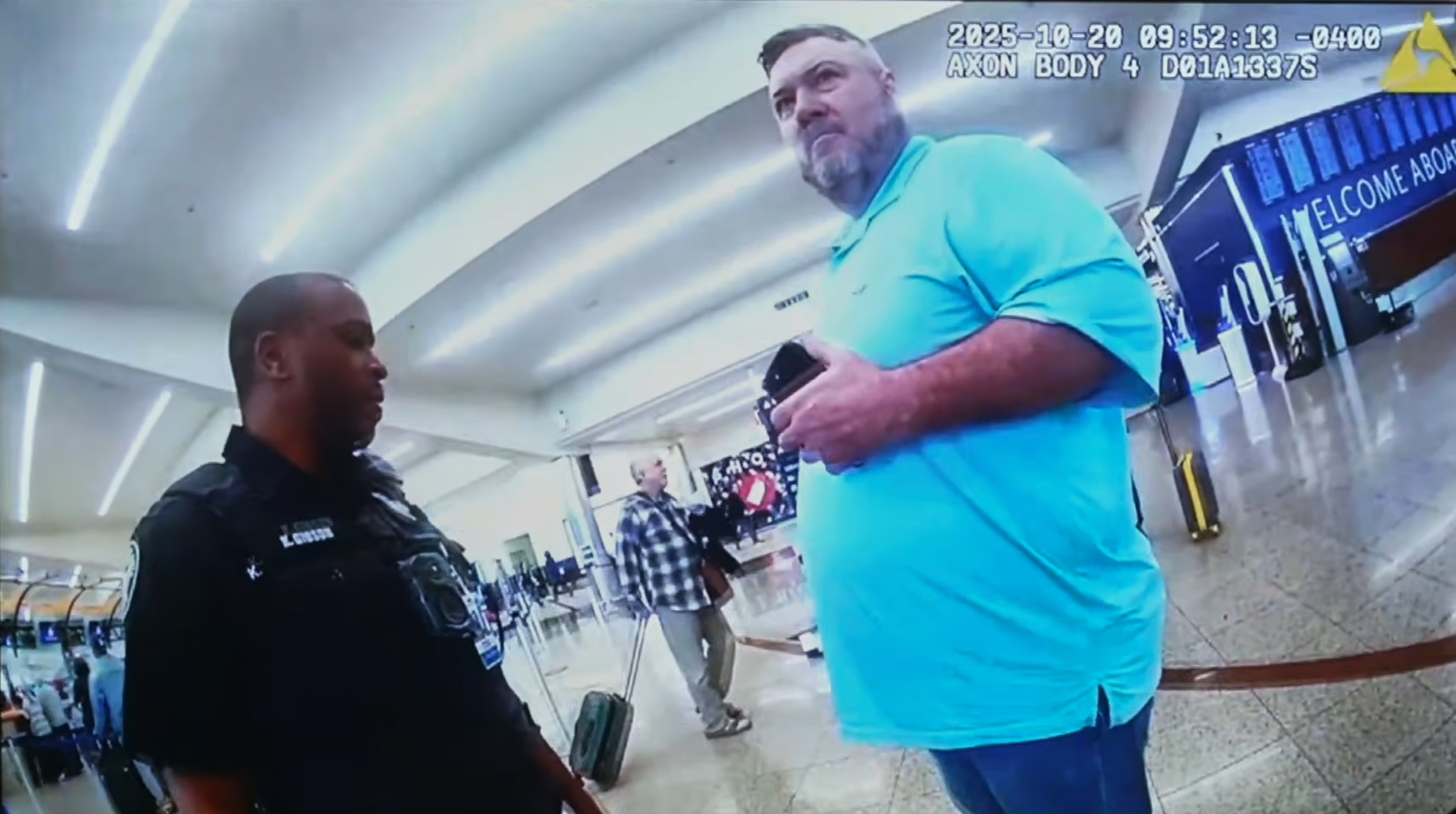What's Happening?
A photograph circulating on social media has been miscaptioned, claiming to show President Trump, Attorney General Pam Bondi, and Jeffrey Epstein. The image, which is authentic and not digitally altered,
actually features President Trump, Epstein, and Belgian model Ingrid Seynhaeve. This photo was taken at the Victoria's Secret 'Angels' party on April 28, 1997, in New York City. The misidentification comes amid ongoing public interest and conspiracy theories surrounding Epstein, who died in 2019 while awaiting trial on sex-trafficking charges. The image gained attention following a Justice Department memo denying the existence of documents related to Epstein's alleged high-profile clients.
Why It's Important?
The miscaptioning of the photo highlights the ongoing public fascination and controversy surrounding Epstein's connections with prominent figures, including President Trump. This incident underscores the challenges of misinformation in the digital age, where images can be easily misrepresented to fit various narratives. The situation also reflects the broader societal demand for transparency regarding Epstein's activities and associations, which continue to be a point of contention and speculation. The misidentification could potentially impact public perception and fuel further conspiracy theories, affecting political discourse and public trust in media representations.
What's Next?
As the photo continues to circulate, it is likely that fact-checking organizations and media outlets will work to correct the misinformation. Public and political pressure may increase for the release of any documents related to Epstein's activities, as calls for transparency grow louder. The Justice Department and other involved parties may face scrutiny over their handling of Epstein-related information. Additionally, social media platforms might implement measures to curb the spread of miscaptioned images to prevent further misinformation.
Beyond the Headlines
This incident highlights the ethical responsibility of media and individuals in verifying information before sharing it. The ease with which images can be miscaptioned and spread online poses significant challenges for maintaining factual integrity. It also raises questions about the role of social media in shaping public narratives and the potential consequences of misinformation on public opinion and policy-making.




